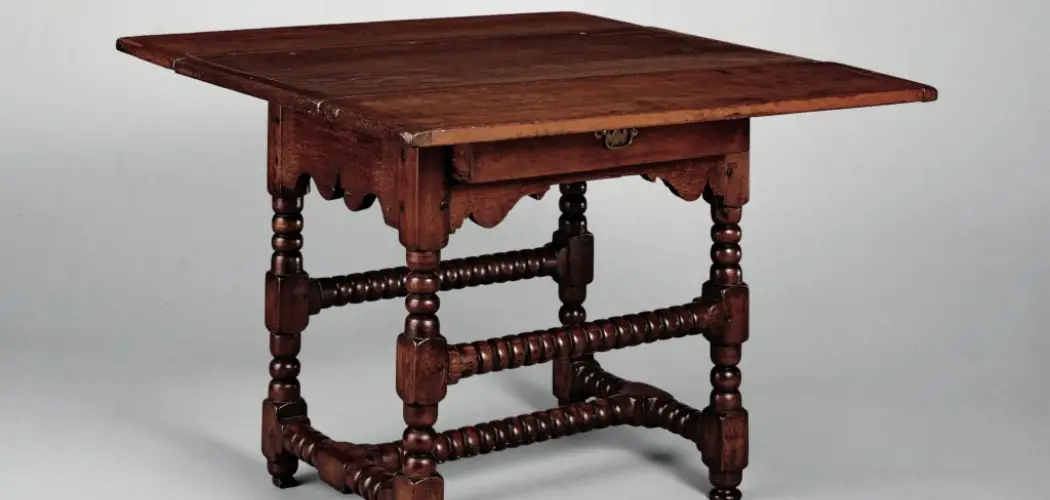One of the most popular furniture pieces used for dining, antique drop leaf tables are a timeless addition to any home. With their unique folding design and practicality, these tables have become a staple in many households. There are several key factors to consider when identifying an antique drop leaf table. The first is the overall design and style of the table.
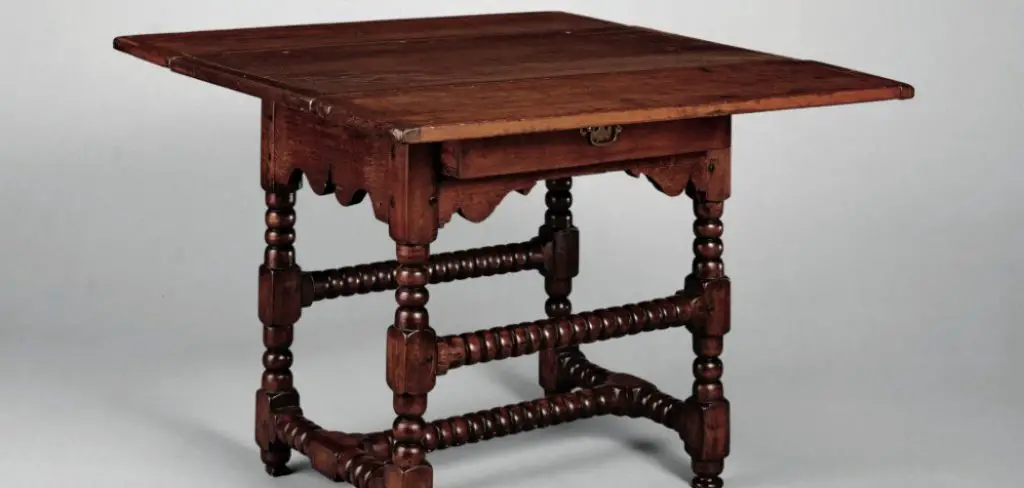
The main advantage of knowing to identify antique drop leaf table is that it allows you to accurately date and value the piece. As with any antique, the older and more well-preserved the table is, the higher its value will be.
By properly identifying an antique drop leaf table, you can determine if it is a valuable collector’s item or just a simple reproduction. In this blog post, You will learn in detail how to identify antique drop leaf table.
Materials You Will Need
- Magnifying glass
- Measuring tape
- Flashlight
- Scratch test kit
- Thin tool
- Loupe
- Reference book on antique furniture styles
- Notebook and pen to record notes
- Camera or smartphone for taking pictures
- Furniture duster or soft cloth for cleaning the table surface
- Gloves to protect your hands while handling the table
- Patience and keen observation skills
Step-by-step Instructions for How to Identify Antique Drop Leaf Table
Step 1: Inspect the Hinge
First, start by inspecting the hinge to identify whether your table is an antique. Antique drop leaf tables usually have visible hinges that are either exposed or partially exposed. Check for any stampings or markings on the hinge. These markings can help you determine the age and origin of your antique drop leaf table.
Step 2: Examine the Table Legs
Next, examine the table legs for any signs of wear and tear. Antique tables typically have wear marks on the legs due to their age. Look closely at the wood grain of your drop leaf table. Antique tables often have unique wood grains that are not found in modern furniture.
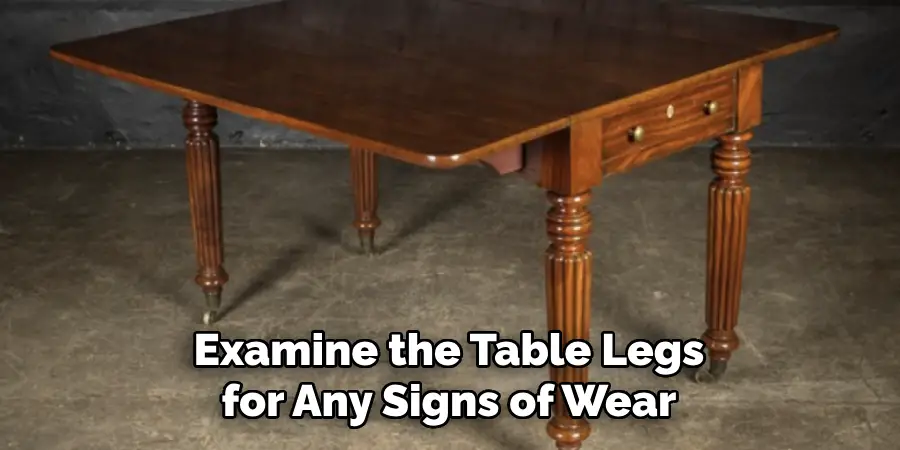
Step 3: Study the Table Top
Study the table top for any signs of repair or restoration. Antique tables may have been repaired or refinished, which can affect their value. Inspect the joints and dowels of your drop leaf table. Antique tables typically have hand-cut dovetail joints and wooden pegs instead of modern screws or nails.
Step 4: Look for Inlays or Veneers
Many antique tables feature intricate inlays or veneers on the table top. This can be a sign of quality craftsmanship and increase the value of your drop leaf table. If your drop leaf table has drawers, check the construction of the drawers. Antique tables often have hand-cut dovetail joints and solid wood drawer bottoms.
Step 5: Examine the Table’s Patina
The patina, or natural aging process, of an antique table can give clues to its age and authenticity. Look for signs of wear on the surface and edges. If your drop leaf table has a maker’s mark or label, do some research to learn more about the manufacturer. This can help you determine if your table is an antique.
Step 6: Seek Professional Appraisal
If you are still unsure about the authenticity and value of your drop leaf table, seek out a professional appraisal from an expert in antique furniture. Finally, consider the style and design of your drop leaf table. Antique tables often have distinct styles from different time periods, so research and compare to narrow down its age.
Tips for How to Identify Antique Drop Leaf Table
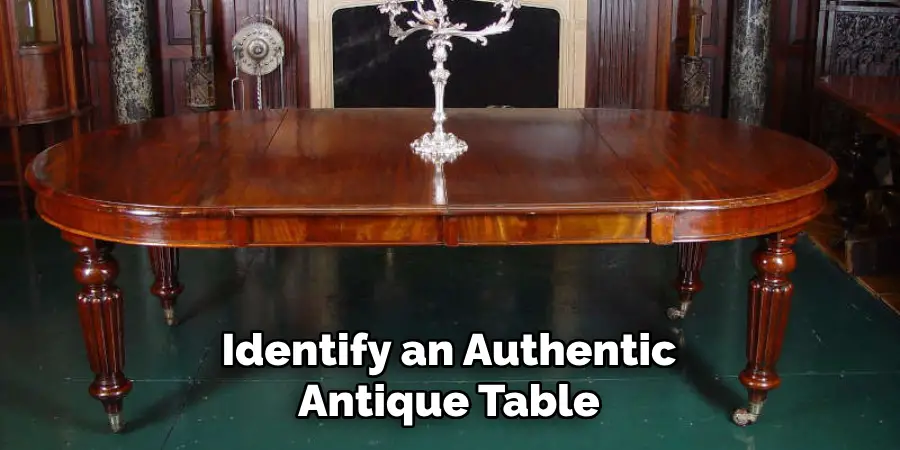
- Before you start examining antique drop leaf tables, it is important to do your research. This will help you understand the characteristics and styles of different time periods, making it easier for you to identify an authentic antique table.
- Most antique furniture pieces have identifying marks such as a label, stamp or signature from the manufacturer or designer. Look for these marks on the underside of the table or inside a drawer.
- Antique tables are made from solid wood, unlike modern furniture which is often made from particleboard or veneer. Look closely at the wood to check for variations in color, grain patterns, and natural imperfections that occur over time.
- The style and construction of the table can also give you clues about its age. For example, tables from the 1700s were typically made with hand tools, so look for uneven or rough edges.
- Another important factor to consider is the hardware used on the table. Antique drop leaf tables often have original brass or iron hinges and locks that may show signs of wear and tear.
- It is also helpful to know the history of the table. Find out where it was made, who owned it, and if any restoration work has been done on it in the past.
- Finally, trust your instincts and ask for expert opinions when needed. Don’t be afraid to consult with antique dealers or experts in furniture identification to get a second opinion on the authenticity of the drop leaf table.
Remember, it is always better to be safe than sorry when it comes to identifying antique furniture.
How Can You Check the Authenticity of an Antique Drop Leaf Table?
Antique drop leaf tables have become increasingly popular among home decor enthusiasts and antique collectors. These unique and functional pieces of furniture add elegance and character to any space they’re placed in.
However, with the rise in demand for these tables, there has also been an increase in fake or replica versions flooding the market. As a result, it’s essential to know how to identify an authentic antique drop leaf table from a fake one. Here are some tips on how you can check the authenticity of an antique drop leaf table:
1. Check for Patina
Patina refers to the natural wear and tear that occurs over time on wood surfaces. It’s caused by exposure to air, light, and use. Authentic antique drop leaf tables will have a unique and consistent patina throughout the entire piece. If you notice any parts of the table with a different color or finish, it could be an indication that it’s not an original antique.
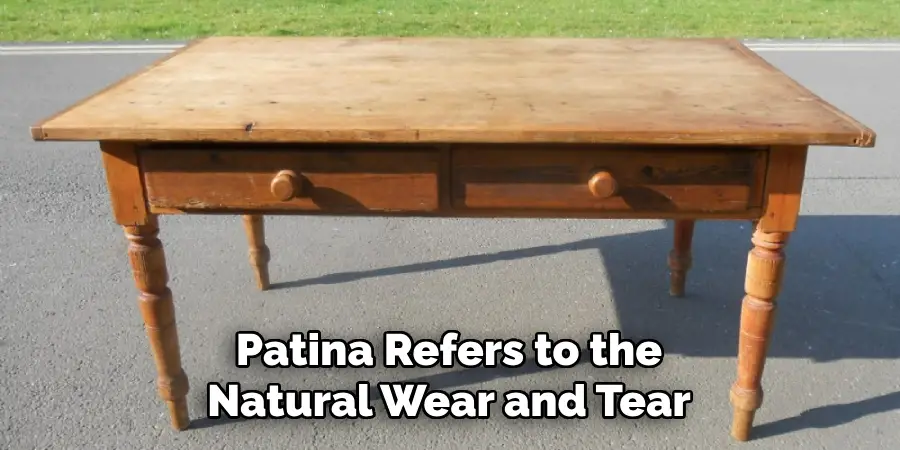
2. Look for Signs of Age
Antique drop leaf tables have been around for centuries, which means they’ll have some signs of wear and tear due to their age. Inspect the table closely for any cracks, scratches, or dents. These imperfections add character and value to an antique piece and are a clear sign that it’s not a replica.
3. Examine the Joints
One of the distinguishing features of an authentic antique drop leaf table is its joinery. Traditional methods of joinery such as mortise and tenon joints or dovetail joints were used to construct antique furniture. These joints are strong and durable, so if you notice any glue or staples holding the table together, it’s likely a replica.
4. Check the Material Used
Authentic antique drop leaf tables were crafted from solid wood such as oak, mahogany, or walnut. If you come across a table made of particleboard or veneer, it’s not a genuine antique. Additionally, the wood used should have a rich and warm color that can only be achieved through years of natural aging.
5. Research and Consult Experts
If you’re still unsure about the authenticity of an antique drop leaf table, do some research on its history and design. Consult with antique experts or visit reputable antique shops for professional advice. They can help you determine the age, origin, and value of the table.
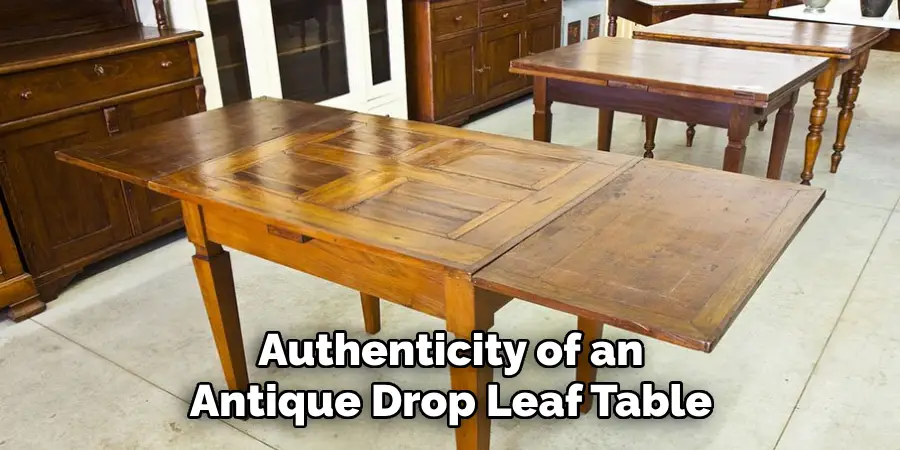
In conclusion, knowing how to identify an authentic antique drop leaf table is crucial when purchasing one for your home or collection.
Are There Any Specific Markings or Signs That Indicate the Table’s Origin?
As with any antique furniture, identifying the origin and age of a drop leaf table can be challenging. However, there are certain markings and signs that can help you in the process. One important thing to note is that not all antique drop leaf tables will have markings or labels indicating their origin or maker.
This was not a common practice during the time these tables were made, and many were created by unknown craftsmen. Therefore, the absence of markings does not necessarily mean that the table is not an antique.
However, if you do come across any markings or labels on the table, they can provide valuable information. Some common markings found on antique drop leaf tables include manufacturer’s stamps, serial numbers, and even signatures of famous makers or designers.
What Are Some Common Features of Antique Drop Leaf Tables?
- Drop leaves: As mentioned earlier, these tables have sides that can be folded down when not in use. The drop leaves should be smoothly functioning without any damage or repairs.
- Gate-legs: Most antique drop leaf tables have gate-legs which provide extra support when the table is fully extended. These legs should also be sturdy and well-made to ensure durability.
- Drawers: Some drop leaf tables have drawers for storage purposes. These should also be inspected for their functionality and originality.
- Hinges and joints: The hinges and joints of an antique table can tell a lot about its age and worth. Hand-forged iron hinges are a sign of early craftsmanship, while machine-made hinges indicate a more recent piece.
- Finish: The finish of an antique drop leaf table is also important in determining its value. Original finishes are highly sought after, and any repairs or refinishing can significantly decrease the value.
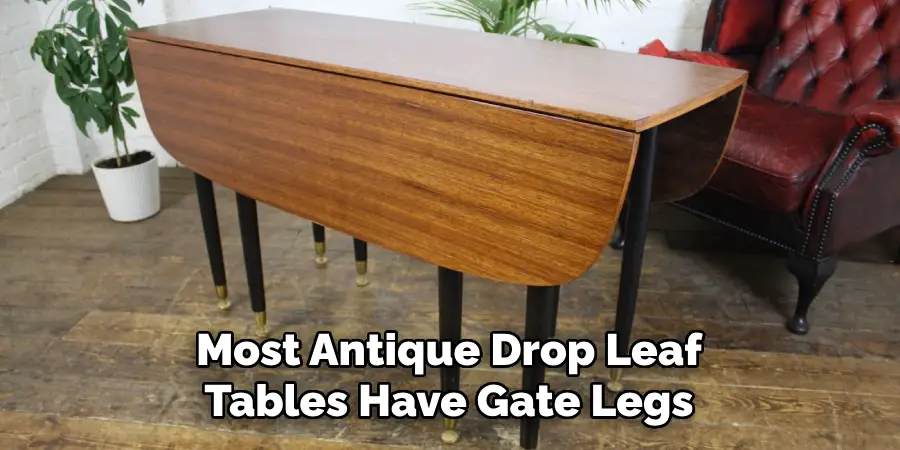
Now that we have covered the common features of antique drop leaf tables, let’s move on to evaluating their worth. The best way to determine the value of an antique drop leaf table is through research and comparison.
Conclusion
In conclusion, learning to identify antique drop leaf table can be a challenging but rewarding experience. By familiarizing yourself with different styles, materials, and features commonly seen in antique tables, you can better assess the authenticity and value of a drop leaf table. Keep in mind that not all drop leaf tables are antiques, so it’s important to carefully examine each piece before making any assumptions.
Additionally, consulting with experts or joining an online community of antique enthusiasts can provide valuable insights and tips for identifying antique drop leaf tables. I hope reading this post has helped you learn how to identify antique drop leaf table. Make sure the safety precautions are carried out in the order listed.

